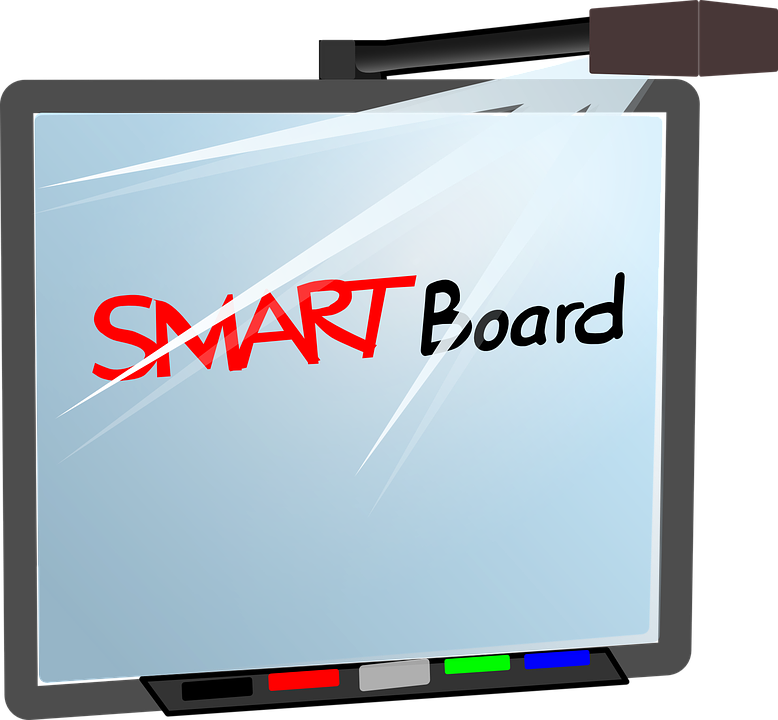6 min read
Share this post

Have you heard people talking about their landing page for ESL students, their website, or their “funnel” and wondered about how these terms all fit together?
Does the process of designing web pages to promote your ESL business online feel somewhat overwhelming?
Have you spent time building a website but not really seen great results, yet?
In this article, I want to clarify what a landing page for ESL students really is.
I’ll also describe how you can create landing pages that will improve your chances of converting web page visitors into clients.

Think of a landing page as a card from a deck of playing cards; let’s say the seven of diamonds.
Imagine you are holding this card, and ONLY this card, in your hand. Some business owners have a solitary landing page, just like a solitary seven of diamonds, and this is all they need, for the moment.
Now imagine that you also have three other cards in your hand, the two of hearts, the ten of clubs, the five of spades. Imagine these are three other landing pages.
The “hand” which you are holding can represent your website, which might consist of many landing pages (and optionally, other types of regular web pages – read on).
Each landing page might represent one further step along the path to becoming a full-paying ESL student e.g., a page for downloading a “freebie PDF”, a page for booking a “trial lesson, a page to “buy a lesson package” or a page to “join a group”.
This is what we mean by a “sales funnel” or simply a “funnel process”.
To stick with our analogy, let’s imagine that in addition to the four non-picture cards mentioned above, you include the Jack of diamonds and the Queen of clubs.
Now, imagine these picture cards as “regular web pages” i.e., they AREN’T landing pages.
They look a little different, and in the context of your website, their purpose is a little different.
So typically, a full website might include landing pages and some of these “regular web pages” e.g., an “About Me” page, or a “Terms and Conditions” page.
The difference between a landing page and a regular web page comes down to the purpose.
When you give somebody the URL for a landing page, you want them to go directly there (“land there”) and take some specific action.
That action might be any of the following:
The key here is that you want your visitor to take a specific action on any given landing page.
Most landing pages have some or all of the following elements and characteristics.
As the saying goes, “a picture says a thousand words”. An image can make an emotional connection that simple words cannot. It’s best practice to have a high-quality photo (a.k.a. hero shot) prominently in your landing page.
You could show an image of somebody taking an online lesson, or perhaps someone speaking confidently in a social, business, or academic situation.
In addition, don’t be afraid to include a friendly, professional-looking photo of yourself. Put some of your personality into the page because clients want to know who you are before they commit to working with you.
To take it up a level, I recommend creating a 60-90 second introduction video. One study found that landing pages that include a video have 80%+ higher conversion rates than landing pages that do not.
People make decisions based on emotion and then justify those decisions after the fact with logic. So, make sure your landing page taps into the emotional benefits which your service can provide to clients.
Appeal to the mind’s-eye of your visitors with phrases like, “imagine how it will feel when you are able to…” or “picture yourself successfully doing… “
Neurolinguistics tells us that customers are more likely to purchase a product or service when they can connect directly with the future emotions that the benefits of a product or service will bring.
We live in skeptical times and most people are apprehensive of promises made by people they don’t know, trust, or like (yet).
One way to overcome this skepticism is to offer proof that you have successfully helped other people, just like your potential client.
You should always ask your existing clients for a brief testimony of how your skills have benefited them and use those on your landing pages. A testimonial from a happy student is the gift that keeps on giving.
You may have noticed that many landing pages do not have a navigation menu, or if there is one, it’s located down in the footer. When we give visitors a heap of clickable links, we create distraction and confusion. And the old adage is “when you confuse ’em, you lose ’em”.
We want to simplify things by giving landing page visitors a simple binary choice.
It should always be crystal clear what action we want visitors to take. So, use action-oriented, urgency-based words when you have a button you want the visitor to click. For example, “Download My PDF Today”, and “Book a Trial Lesson Now”.
Don’t try to be cute or vague. Direct, assertive language always works best for your call to action.
A well-designed, thoughtful landing page with all the elements described above can make the difference between getting a new ESL student or watching yet another web visitor bounce away.
When you are promoting your service on any social media platform, you should send people to a landing page, NOT a generic home page, when you have something specific to offer them.
If you would like to discuss how to use landing pages to grow your online ESL business (even if you already have a website) feel free to book a 15-minute micro-coaching consultation with BabelTEQ. I’d love to meet you!

Paul Sallaway is the owner of BabelTEQ, a service that empowers independent ESL professionals to get more students and charge higher rates so they can grow their income without feeling overwhelmed.
Share this post



3 Comments
Thank you Bob. Very helpful
Can you help me build a landing page?
Hey Sherri,
We don’t offer landing page building, but you can join our official Off2Class Facebook group to see if any other teachers can offer you some help with their personal experience! http://www.facebook.com/groups/off2class/
Hope this helps!
Christine